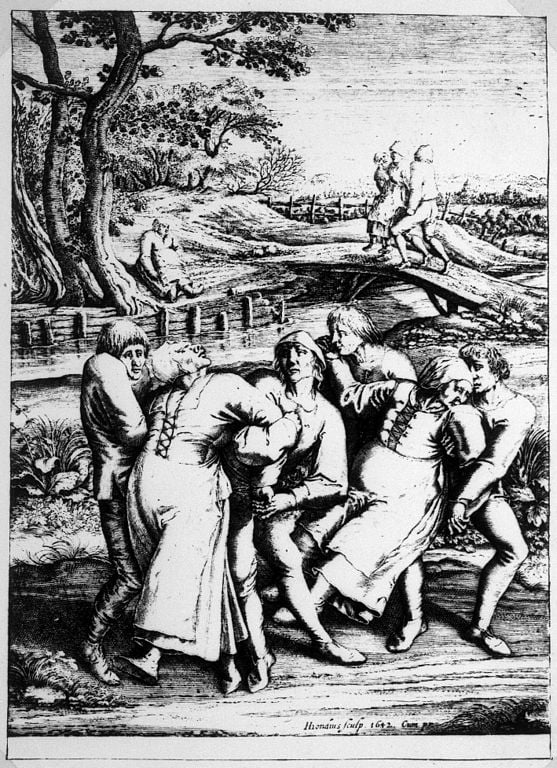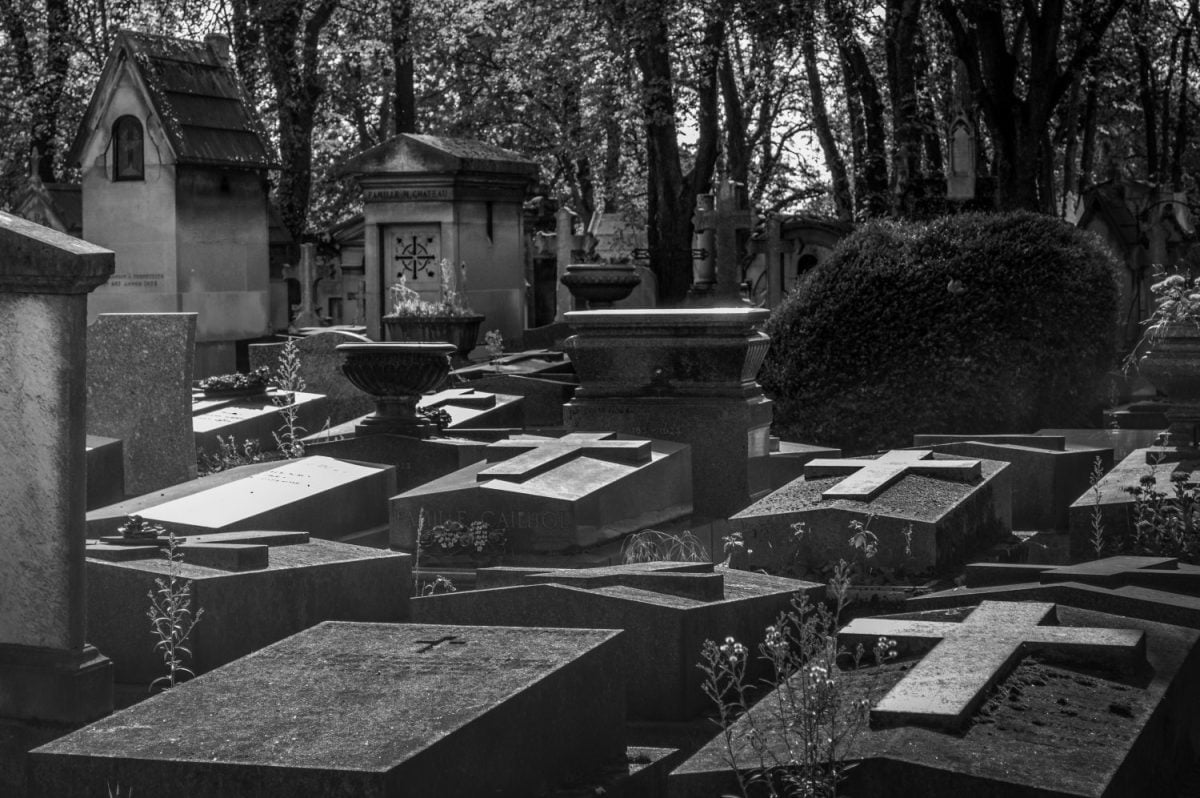To say that the dancing plague of 1518 was a bizarre event would be putting it mildly. Taking place between July and September 1518, the idea that people would dance endlessly today for months on end seems only realistic if someone is trying to break a world record. Instead, the real question is why this unusual event occurred and whether a fungus was responsible.
Dancing Plague History

Occurring during the summer months of 1518, this July to September event was truly unusual. It’s believed that between 50 and 400 people participated by dancing for weeks on end near Strasbourg, Alsace, which is in modern-day France. The entire episode remains controversial and mostly unsolved.
The Beginning

While the cause might be a source of disagreement, there is strong agreement on how this phenomenon began. Frau Troffea began to dance fervently and looked out of control while walking along the streets of Strasbourg. She was constantly dancing and was soon joined by another three dozen people, only to see numbers swell to 400 by the end of August.
Initial Theories

One of the first theories at the time was “hot blood,” or an overheated brain. Local authorities encouraged more dancing so the afflicted could “dance themselves free.” The town hired musicians and cleared out public spaces to allow those not afflicted to join the dancing. Unfortunately, this made matters worse.
Mass Hysteria

Another strong theory was that the source of the dancing plague was mass hysteria, which goes by the name of psychogenic illness. It’s important to remember that famine, disease, and social unrest frequently occurred in France around this time. This theory proposed that a collective psychological response was to dance continuously.
The Fungus Theory

One of the most interesting theories is that those afflicted by endless dancing were doing so because of ergot poisoning. Ergot can grow on grains, a common food source during this time, so it could have been ingested by those who were afflicted.
Today, this might be known as food poisoning, but regardless, ergot poisoning is said to bring similar reactions to those who take LSD. Convulsions, hallucinations, and other symptoms, like endless dancing, were all possible.
St. Anthony’s Fire

There is notable evidence to support the idea that ergot poisoning was behind this event. Damp rye is a strong source of ergot, and historical records indicate that the summer of 1518 was very wet, which would have promoted additional growth of ergot. Similar dancing outbreaks throughout history also used ergot-contaminated rye as a staple food source.
Critical Take

Some counterarguments to the fungus ergot poisoning theory say that if this was the cause, more physical symptoms should have been present. Critics argue that individuals are more likely to suffer symptoms than large groups all at once.
Similar Events

At least two to three other similar events are documented throughout history. In the 11th century, in Kolbigk, Saxony, it was believed that divine judgment caused endless dancing. In Apulia, Italy, during the 15th century, a spider bite caused a woman to suffer convulsions that looked like dancing.
Controversial Death Toll

By the time the number of dancers swelled to over 400 people, many were starting to collapse. At the time, it was thought that some of the deaths were related to stroke, exhaustion, or heart attack.
However, it remains controversial whether those affected danced themselves to death. Claims of 15 people dying per day were never documented by city officials, which means that the death toll could be in the hundreds but will never be known with certainty.
Ongoing Mystery

Ultimately, the dancing plague of 1518 will continue to be one great mystery with no definitive answers. While a fungus seems the most likely cause, the fact that this event occurred hundreds of years ago makes it impossible to say with any true certainty.
The image featured at the top of this post is ©Olgysha/Shutterstock.com.



